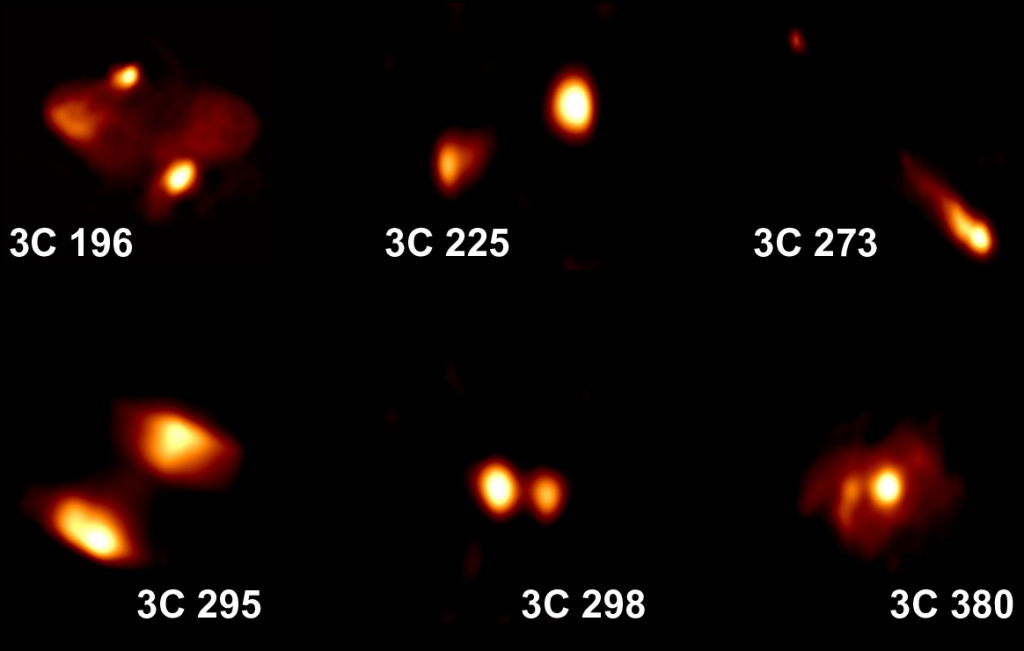Galaxy Clusters in the Decameter band
Galaxy clusters contain a massive amount of hot plasma. This hot plasma gyrates through the magnetic fields permeating galaxy clusters, and when that happens, it emits radio emission. This emission can be modeled, and it tells us something about the dynamics of the internals of the galaxy clusters. Curiously, some galaxy clusters host large amounts of plasma that is much brighter than expected at lower frequencies. However, this is not studied intensively due to the lack of decameter observations – but with LOFAR, we are able to study the mechanisms responsible for this bright radio emission.
Decameter Astronomy with the Low Frequency Array
The first radio discoveries of astronomical origin were performed by Karl Jansky, in the decameter band. However, since then, the decameter band has seen barely any further exploration. This is caused by the ionosphere, a layer of the atmosphere that contains charged particles. This effectively blurs the image, and correcting for this blur to make sharp images is very difficult.
With LOFAR, we are finally able to do this effectively. This allows us to make the first images in the decameter band. this has direct applications for detecting plasma in galaxy clusters, and constraining models that predict how particles get reaccelerated to such high energies.

High resolution images at the lowest frequencies
LOFAR LBA is theoretically capable of observing bright objects with arcsecond resolution below 100 MHz. However, at these frequencies, the ionosphere becomes particularly troublesome, inducing strong phase offsets that are time dependent and frequency dependent.
Correcting for that takes a lot of effort and can generally only be done on the brightest and most compact sources. By calibrating LOFAR on the bright source itself (self-calibration), we were able to succesfully make arcsecond-resolution images of three bright sources: 3C295, 3C196 and 3C273.

Gaia Extragalactic Catalog
Gaia is a spacecraft launched by ESA, with as primary goal being to map the star stars in the Milky Way in three dimensions, as well as their velocity. Although this mission is primarily aimed at finding stars, Gaia still picks up a large amount of galaxies. In fact, the amount of galaxies can be very large, due to the simple fact that the Gaia database is enourmous (it contains 2 billion sources!)
By using a combination of selection criteria (color and ‘correctness’ of the astrometry), we were able to find a criterium that is capable of selecting galaxies form Gaia. Our final selection gave us a total of around 20-60 million galaxies. A large fraction of these are in fact mislabeled stars, but from all galaxies in Gaia, this collection is relatively complete.
We used this catalog to find overdensities of minor companions near AGNs and starforming galaxies. We can use that to determine if minor mergers are a probable candidate for AGN feeding. Another application of the Gaia Extragalactic Catalog is calibration of other surveys, such as the KiDS-survey.
